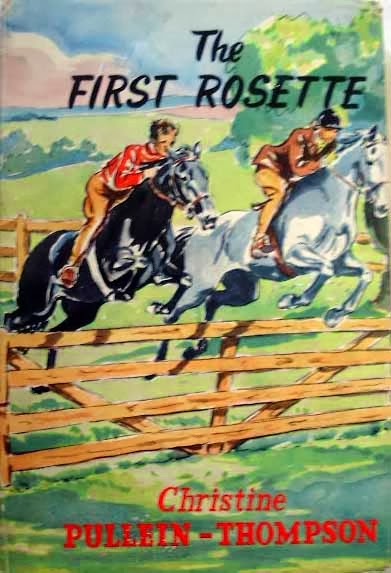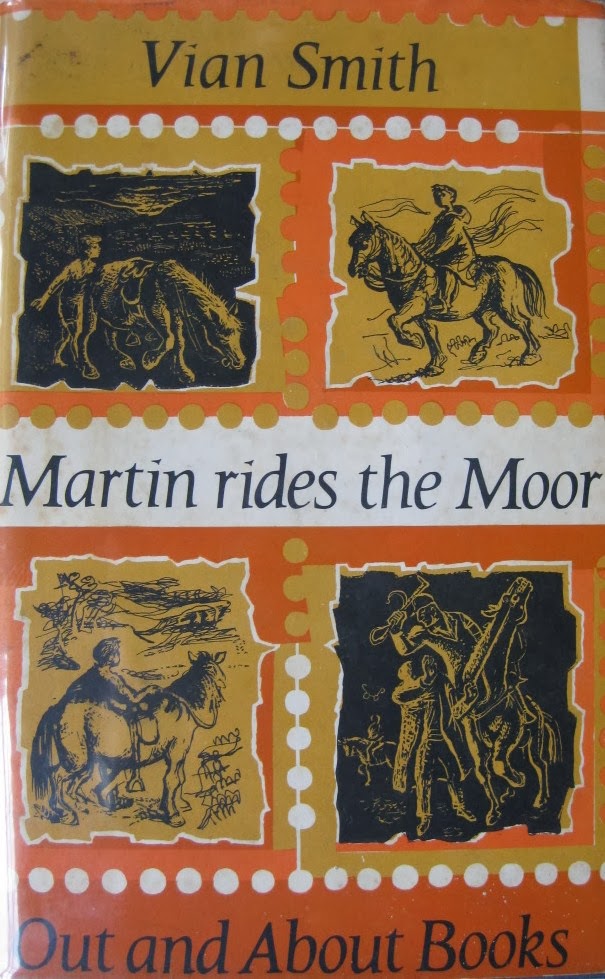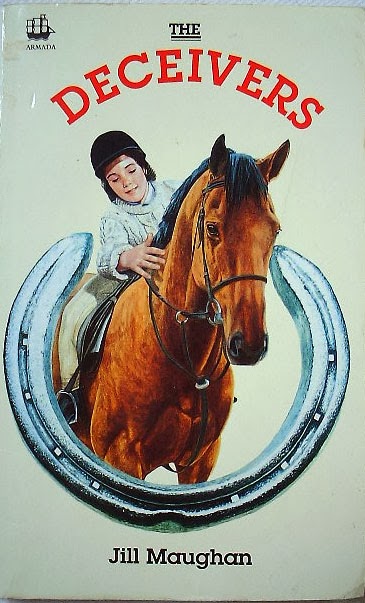PBOTD: 27th February, Denise Hill - Coco the Gift Horse

Denise Hill isn't one of the best known of pony book authors. She wrote two other pony books: The Castle Grey Pony (1976), for the younger reader, and A Pony for Two (1965), the precursor to Coco the Gift Horse (1966). The hero and heroine of A Pony for Two , Jane and Jeremy, see their dream come true. They get a pony. With Falla, however, they get mystery and adventure as well. Falla has some unusual talents, and not only that, she appears to be causing other people to take notice of her. Falla disappears. A much more mundane fate overtakes Falla in the sequel, Coco the Gift Horse . She is outgrown: at least by Jeremy. Jeremy is convinced Coco is going to be a worthy successor. Coco however, is one of those horses who is quite spectacularly inept, which leads to an amusing read as Coco, for whom Jeremy treasures a dream as a show jumper, kicks his way through every fence he comes across. I must admit it did come as something of a disappointment to me when Coco is transform...

















